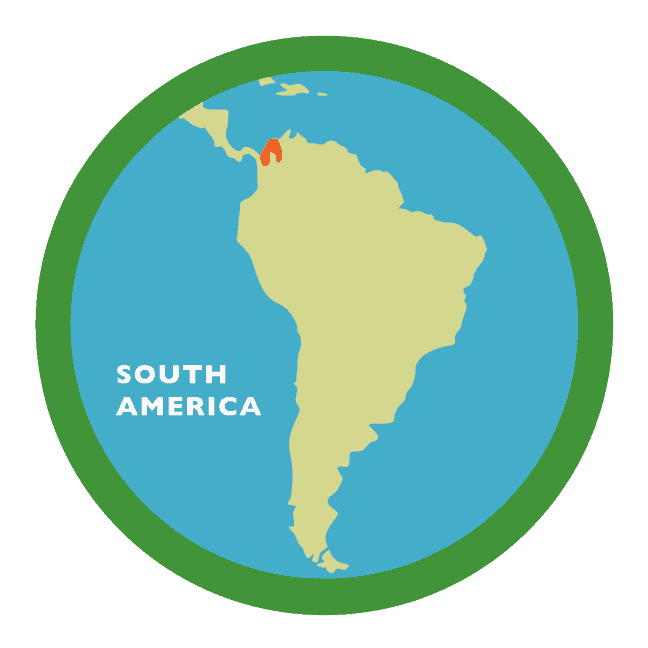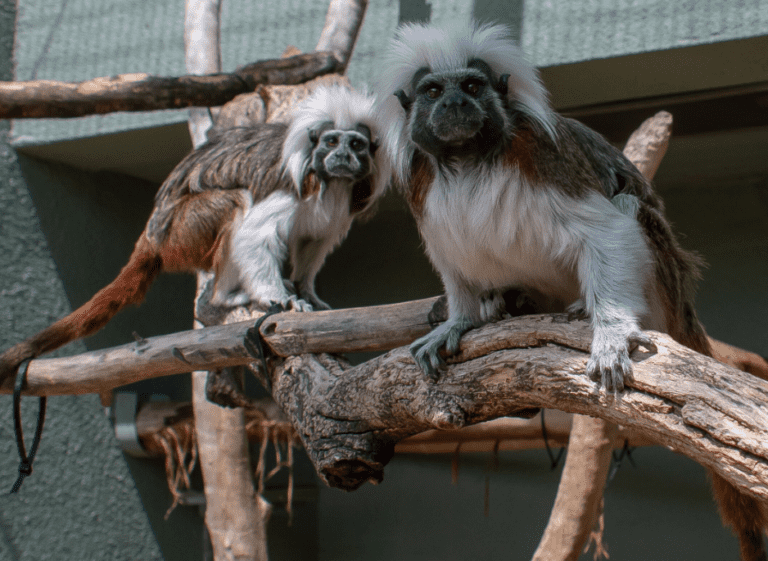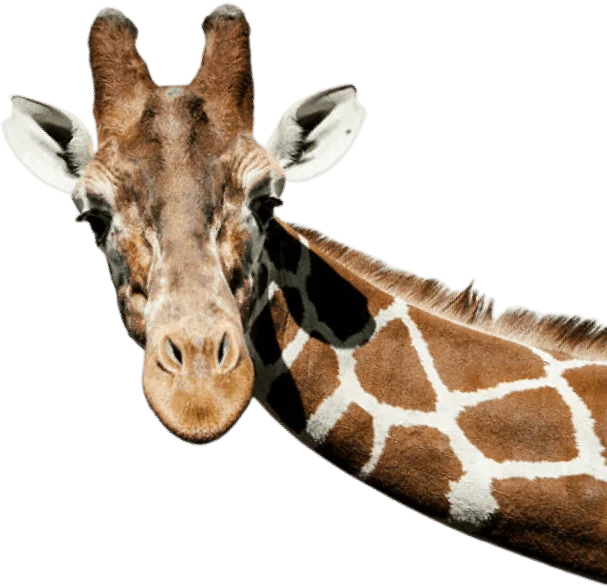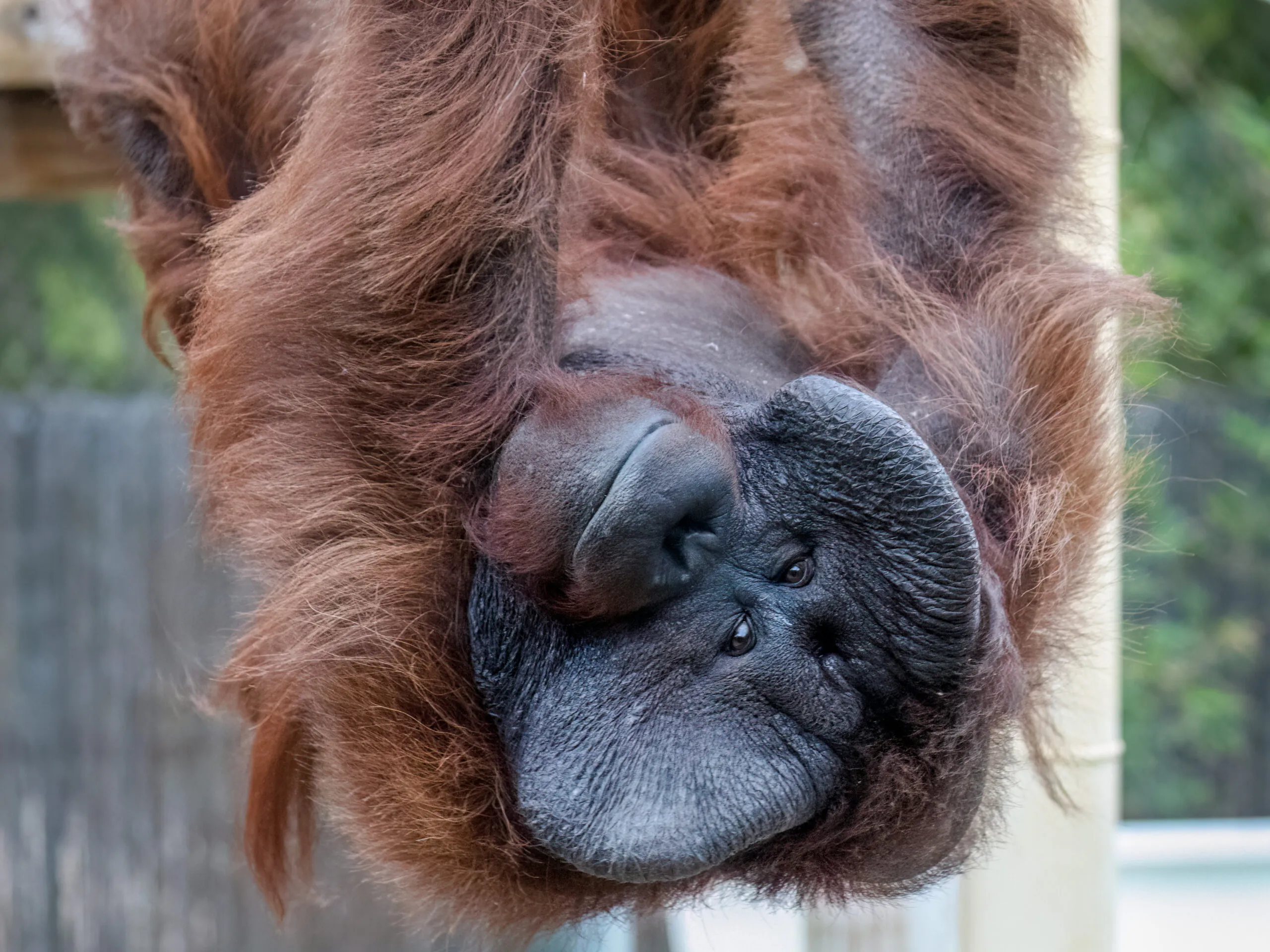Cotton-top Tamarin
Saguinus oedipus
I Look Like My Name
These highly social monkeys, which live only in a small area of northwest Colombia, are called a “cotton-top” or “cotton-headed” tamarins for a reason. They are easily recognized by their long, white hair, which runs from ear to ear and flows down the back of their heads. They are one of the smallest monkey species, about the size of a squirrel and generally weighing less than a pound, but they look bigger because of their thick hair.
I Sleep Late
Tamarins sleep in family groups of about three to nine (sometimes more) individuals in tree cavities or forks, rarely using the same sleeping space two nights in a row. While most primates rise at dawn, cotton-top tamarins don’t leave their night shelters until about an hour later. They spend their days bounding around the lower and middle levels of their tropical forest home, sometimes on the ground, foraging (looking for food), resting, traveling, and grooming. They make up for their “lost” morning hour by greatly increasing their activity just before dusk. It is thought that these habits of selectively choosing sleeping trees and getting a late start are to avoid night predators.
My Thumb Is Different Than Most Primates
Most primates – including humans, monkeys, and apes – have opposable thumbs. An opposable thumb moves independently and allows for grasping, holding and using objects. Tamarins do not have opposable thumbs. Instead, they have claws on their fingers and toes, except their big toes which have flat nails. Their claws work well to hold on to thin, small branches.

Diet: fruits, insects, flowers, leaves, nectar, small lizards
Zoo Diet: formulated feed, starch, veggies, fruits, romaine
Habitat: tropical forests
Weight: 12 – 18 oz



Plan your visit today!
The Phoenix Zoo is one of the largest non-profit zoos in the U.S., caring for over 3,000 animals, with nearly 400 species represented, including many threatened/endangered species.







